“X-Road 8 ”Spaceship” nurtures the proven ecosystem model and security while it takes X-Road to the next level by providing a solid data space infrastructure. 🚀
Additional features such as enhanced monitoring and metrics and advanced cloud compatibility make X-Road 8 an outstanding solution for any public or private organisation. 🌍”
Changes in prioritization may cause the development roadmap to change – NIIS may introduce new features and/or postpone implementation of current features. The X-Road product backlog is prioritized by the X-Road Steering Committee.
2024–2031
The X-Road core development roadmap for 2024–2031 is presented in figure 1.
Figure 1. X-Road core development roadmap for 2024-2031.
X-Road 8 “Spaceship” 🚀
X-Road 8 nurtures the proven ecosystem model and security while it takes X-Road to the next level by providing a solid data space infrastructure.
NIIS aims to replace X-Road’s custom protocol stack with the data space protocol stack and make X-Road technically interoperable with Gaia-X. In general, X-Road 8 will be interoperable with other data spaces and data exchange ecosystems following the same specifications.
X-Road 8 will provide improved cloud compatibility and make using X-Road easier in the cloud. In practice, X-Road 8 will be designed and built to leverage the capabilities and advantages of cloud computing environments. X-Road 8 will be built to run in cloud infrastructures and take advantage of the scalability, flexibility, and resilience that cloud platforms offer.
Light context will be a new feature that provides a more lightweight way to consume services without a Security Server on the consumer side. Service providers will be able to decide which services can be accessed using the light context and which services require a consumer Security Server.
The aim is to ensure smooth integration with previous X-Road versions for backwards compatibility, and minimize the changes required for information systems when transitioning to X-Road 8.
X-Road 8 beta version will be published in October 2025 and the first production release is scheduled for Q4 / 2026.
X-Road 7 “Unicorn” 🦄
X-Road 7 is implemented iteratively using agile software development methods. All the changes are not included in the first production version, but they will be introduced one by one over time in various X-Road 7 minor versions.
X-Road 7 is backward compatible with X-Road 6. The version upgrade from version 6 to version 7 is almost like upgrading from one X-Road 6 minor version to another.
The development of X-Road 7 is divided into multiple high-level focus areas. Each focus area consists of several topics that will be turned into actual features. The high-level focus areas and their main topics are listed below.
Messaging patterns
In addition to the currently supported synchronous request-response messaging pattern, X-Road 7 will support the publish-subscribe messaging pattern. The pattern supports one-to-many communication that is one of the key enablers of proactive life-event based services. Also, support for data streaming and better support for transferring large files will be investigated further. Existing solutions that could be utilized in the implementation will be evaluated, for example, Apache Kafka.
Message logs
Providing indisputable evidence of data exchange is one of the X-Road’s core functions. However, there are use cases that require only metadata logging or do not require logging at all. X-Road 7 will make message logging more configurable and introduce new security measures for protecting the logs.
Onboarding process
Onboarding of new X-Road members, Security Servers and subsystems will be made faster by streamlining and automating different steps required in the process. For example, adding more automation to the certificate application and renewal processes is studied further.
Architecture
X-Road 7 will be more modular and enable installing only the components that are needed. Developing new add-ons will also be easier. X-Road 7 will support containers and it can be run on container management platforms and in the cloud.
Operational insights
X-Road 7 will provide access to the operational monitoring data collected by the Security Server. The Security Server’s user interface will provide a dashboard for viewing and exploring operational monitoring data locally.
Sustainability
X-Road 7 will optimise the use of resources and decrease the environmental footprint of X-Road.


